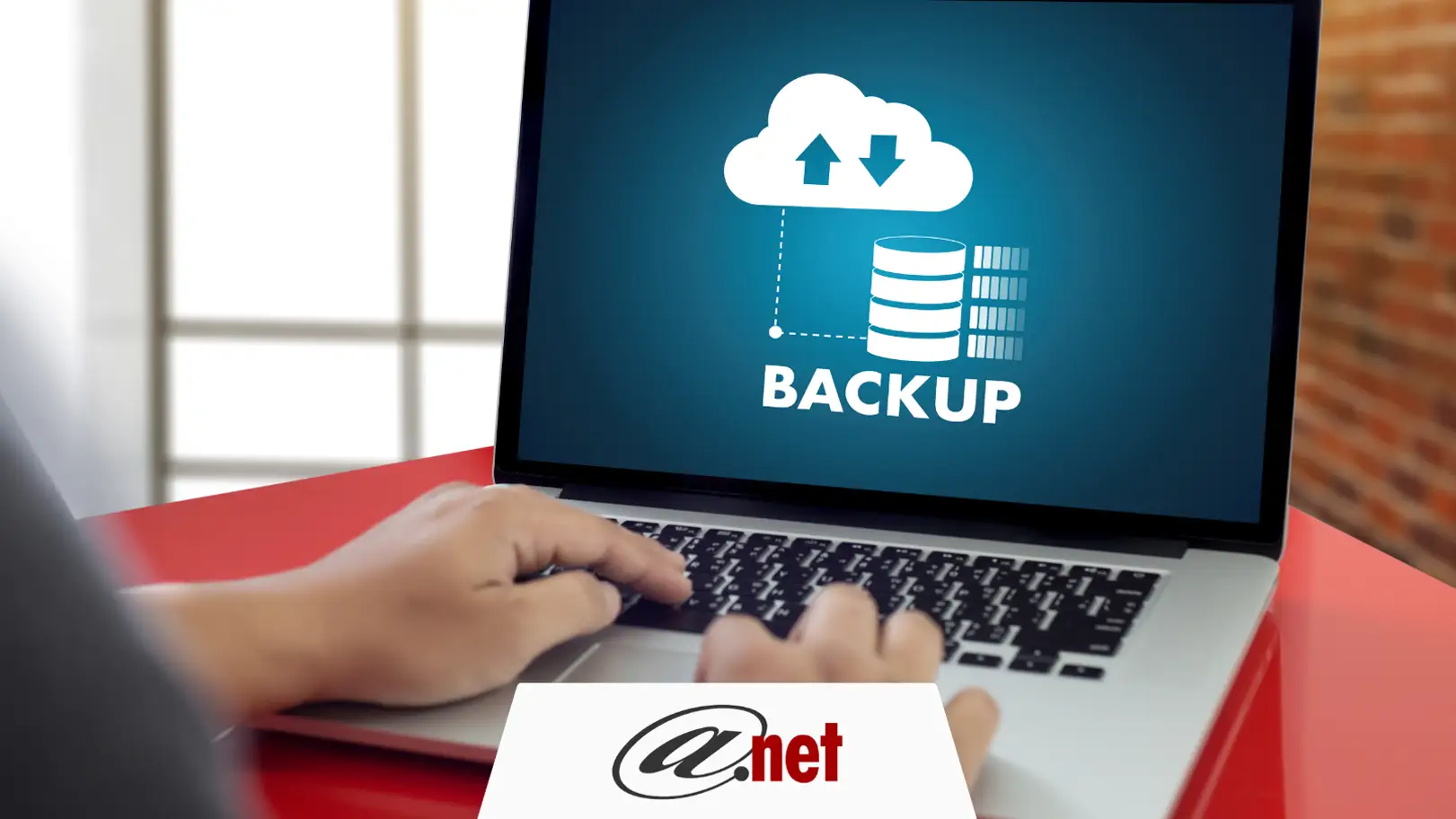
You sit down at your computer, ready to tackle your latest project, only to find that your files have vanished. Many of us dread the sinking feeling that follows, but unfortunately, it’s a reality faced by countless individuals and businesses.
Research shows that almost 70% of small businesses close within a year of a large data loss.
As Joel K. Sosebee, Director of Sales at AT-NET says, “The absence of a backup strategy isn’t just risky; it’s an open invitation to data disaster.”
This is where the significance of World Backup Day comes into sharp focus. This day is held annually on March 31 as a crucial reminder to secure our digital lives.
The Essence of Backing Up Your Data
Why emphasize backup? In simple terms, having a backup means possessing a second copy of all your important files. From an external hard drive to cloud storage, the options are diverse.
The core idea is to store data in more than one location to safeguard against unforeseen events like hardware failure, cyberattacks, or accidental deletions.
The Aftermath of Neglecting Backups
Ignoring the significance of backups can lead to irreversible data loss. Research suggests data loss can cost anywhere from a few thousand dollars to more than $15 million, depending on the volume of data. The consequences can be severe, from losing the only copy of a cherished home video to facing significant downtime and financial loss in a business context.
Is Your Backup Solution Comprehensive Enough?Choose AT-NET for a backup and disaster recovery solution that leaves no stone unturned. |
Step-by-Step Guide to Effective Data Backup
Data backup is a critical process that ensures the safety and availability of your important information in case of unforeseen events or failures. Here’s a detailed look at each step of an effective data backup strategy:
1. Identify What Needs Backing Up
Understanding the Importance: The first step in a robust data backup strategy is to identify which files are crucial. These can be anything from irreplaceable personal memories like photos and videos to essential business documents and databases.
How to Identify: Start by categorizing your files. For personal users, look at documents, photos, music, videos, and any other data that would be difficult or impossible to replace. For businesses, focus on client data, financial records, proprietary information, and other documents critical to your operations.
Tips:
- Regularly update your list of important files as your data grows and changes.
- Don’t forget to consider emails and contacts, which are often overlooked but can be crucial.
2. Choose Your Backup Tools
Physical vs. Cloud-Based Backups: The choice between physical backups (like external hard drives or NAS devices) and cloud-based services hinges on your specific needs.
Physical Devices:
- Advantages include one-time costs, full control over your data, and quick access for restoration.
- Considerations include the risk of physical damage, theft, and the necessity for a routine manual backup process.
Cloud-Based Services:
- Advantages include automation, off-site storage, scalability, and access from any location with an internet connection.
- Considerations include ongoing costs, the necessity of a reliable internet connection, and trust in the service provider’s security and privacy policies.
Combining Both: For optimal security, consider a hybrid approach—using both physical and cloud backups can provide a comprehensive safety net.
3. Set a Backup Schedule
Consistency Is Key: The frequency of backups should match the rate at which your data changes. For some, daily backups are necessary, while for others, weekly or monthly may suffice.
Automating the Process: Many backup tools offer automation, which can ensure backups are performed regularly without manual intervention. Take advantage of these features to maintain consistent data protection.
Versioning: If possible, use a backup system that supports versioning, allowing you to restore files from different points in time, which is crucial for recovering from data corruption or accidental deletions.
4. Perform Regular Tests
Why Test Backups: Regular testing is essential to ensure that your backups are reliable and can be restored in case of need. Discovering that a backup is corrupt during a critical recovery process can be catastrophic.
How to Test:
- Periodically restore files from your backup to verify their integrity and the effectiveness of the backup process.
- For businesses, conduct full disaster recovery tests to simulate the process of recovering your entire system or network from a backup.
5. Educate and Implement
In a Business Setting:
- Develop a company-wide backup policy, detailing what needs to be backed up, how often, and who is responsible.
- Train your team on the importance of backups and how to ensure their work is protected.
For Personal Users:
- Make data backup part of your routine. Like locking your doors at night, backing up your data should become a regular habit.
- Stay informed about new backup solutions and practices to continuously improve your data security.
Backup Frequency Recommendations Based on Data Type
| Data Type | Recommended Backup Frequency | Reasoning |
| Critical Business Documents | Daily | Frequent updates, high importance |
| Personal Photos and Videos | Weekly | Less frequent updates, high sentimental value |
| System Files | Monthly | Essential for system restoration, infrequent changes |
| Email Archives | Monthly | Important for historical reference, changes vary |
| Project Files | Daily or after significant changes | High importance, frequent updates |
| Financial Records | Weekly or after significant transactions | Crucial for financial tracking, updates based on activity |
| Databases | Daily or real-time | Constant updates, critical for business operations |
| Multimedia Files (Non-essential) | Monthly | Less critical, infrequent updates |
Embracing World Backup Day
World Backup Day should be the catalyst for action. It’s a reminder not just to backup but to review and enhance your existing backup strategies. Use this day to explore new backup services, check your current backups, and ensure your data security practices are up to snuff.
| More resources you might like: |
Be a Data Hero: Commit to Backup on World Backup Day
World Backup Day is more than a mere reminder; it’s a crucial initiative highlighting data security’s importance in our increasingly digital world.
| Discover Trusted Cybersecurity Services Near You: |
Embracing a comprehensive backup strategy provides peace of mind and fortifies our resilience against data loss.
And remember, should you require specialized support in disaster recovery and backup, AT-NET is at your service to aid with your backup requirements, guaranteeing the protection of your data throughout the year.
Let this World Backup Day be the springboard for your commitment to data security, reminding us that in the digital age, being prepared is not just an option—it’s imperative.

